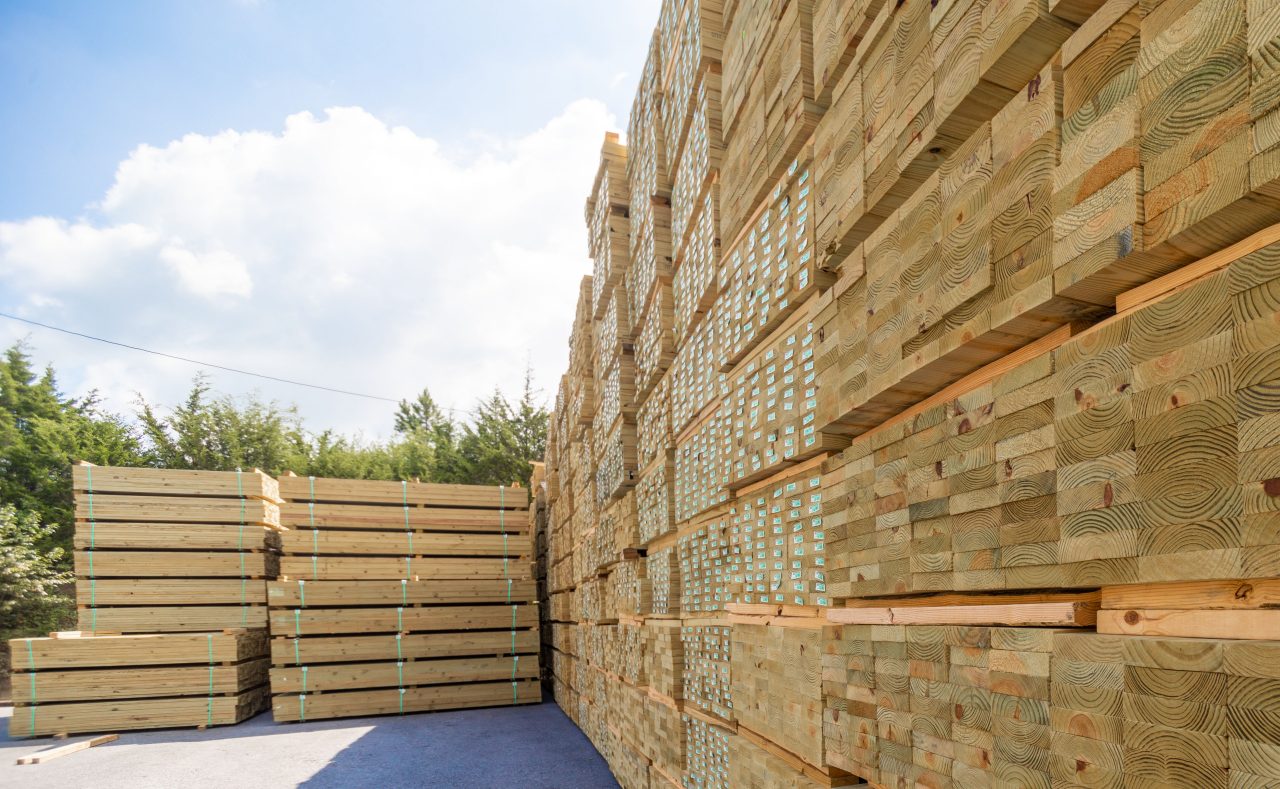Use and Handling
SDSs for Treated Wood Products
Recommended Hardware
Wood treated with SillBor® has been found to be no more corrosive than traditional treated wood. Wood must remain dry in service and be protected from water and weather.
When attaching joists, studs, or other framing to SillBor® treated wood, select:
• Galvanized fasteners & connectors (preferred)
• Code-compliant non-galvanized hardware
When fastening SillBor® treated wood to foundations, select:
• Standard galvanized strapping
• Mild steel anchor bolts ½” diameter or larger
Typical Uses
Specify SillBor® borate pressure-treated wood to protect against decay fungi and insects in areas that are not subject to direct contact with the ground or water. It is suitable for interior weather protected construction that may be damp or exposed to occasional sources of moisture.
SillBor® treated wood is commonly used for:
• Sill plates
• Wall plates
• Trusses
• Ceiling joists
• Wall framing
• Floor beams
• Floor framing
• Door frames
Storage and Exposure
SillBor® wood is intended for interior, weather-shielded, above ground use. To prevent contact with the ground and water at a job site, it is best to store borate-treated wood off the ground and covered.
Exposure During Construction
Although it is advisable to avoid exposure to water, it is often impractical to provide total protection during construction. Normal exposure to the elements does not affect the long-term performance of SillBor® treated lumber. However, if a partially built structure is left uncovered for an extended period of time, steps should be taken to shield the wood from precipitation.
Construction Practices
SillBor® wood can be drilled, sawn, glued, and finished with standard woodworking tools, just like untreated wood. No end cut treatment is necessary for sawn cross-sections or bored holes.

